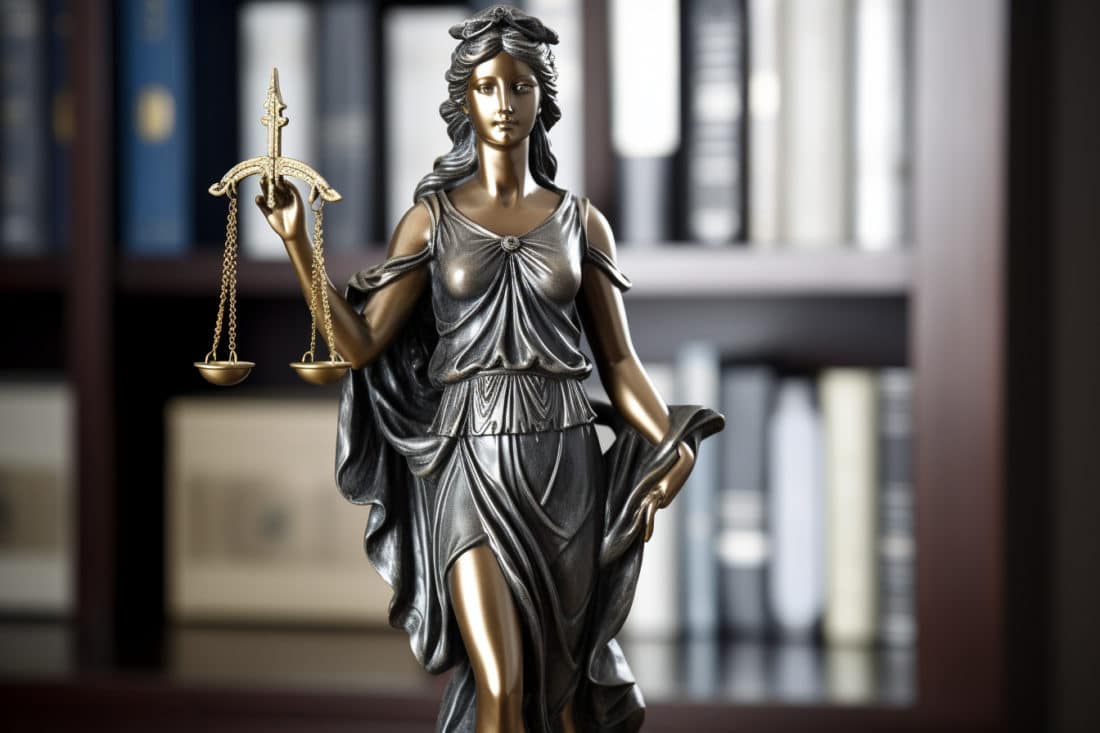The question of whether an image generated by an intelligence system is covered by copyright is a pertinent one. In reality, the subject is complex, and is subject to legislative changes in different countries. In view of the lightning progress made, some official institutions have not hesitated to take a stand. Find out whether copyright applies to AI-generated images.
Two types of AI creations for images
According to a memento produced by lawyers specializing in copyright and distributed by the French Ministry of Culture, there are two types of AI creations concerning images. Distinguishing between them helps define the scope of the problem we’re dealing with here.
The first refers to computer-assisted creations. They are independent of the AI software, which simply acts as a tool in the creation process supervised by a human being. In the second case, creations are generated spontaneously by artificial intelligence, without human intervention being a determining factor in the creation process.
These elements raise the question of the applicability of copyright to the creation of works via artificial intelligence, outside the existing legal frameworks. In the first of these cases, it is conceivable to consider that the author’s intervention remains and can be protected by specific rights. Conversely, in the case of a creation generated spontaneously by artificial intelligence, the debate is fairly wide-ranging.
Who can claim authorship of an image created by artificial intelligence?
In most cases, the intellectual property of images generated by artificial intelligence is attributed to the person or company who created the model or program. This means that even if the images are based on indications provided by other people, the creator of the model or program is generally considered to be the copyright holder.
However, if the images are considered to be work carried out on behalf of a third party, the copyright may belong to the person or company who commissioned the creation of the images. Let’s take the example of a client who hires a graphic designer to generate images via AI. The client is likely to be recognized as the owner of the image. At least to a certain extent and for a specific use.
It is also important to note that intellectual property can be shared between several parties in certain cases. Based on a case where a company uses the services of a graphic designer and provides him with a learning model that serves as the basis for work, the digital work generated could be the subject of shared intellectual property between the two parties.
The position of the American authorities
It’s important to mention the position of the American authorities on this subject, as European authorities could follow suit in the near future. In 2023, the US Copyright Office (USCO) recently stated that visual content produced by artificial intelligence cannot benefit from copyright. Even if AIs work on the basis of human parameters to generate results, it is not possible to recognize the authorship of the works produced via copyright.
According to the USCO, the degree of creativity is essential in determining copyright protection. However, artificial intelligence models are currently incapable of reproducing this creativity without the intervention of a human being. On the other hand, people using the services of artificial intelligence do not have absolute control over how these works are produced. They are therefore not entitled to copyright.
In the United States, artificial intelligence software publishers are the subject of legal proceedings. They are accused of infringing the copyrights of the artists whose works feed the databases. The judgments are eagerly awaited by players in the field, as they will serve as precedents.
The world of visual content creation is about to experience a revolution in the area of copyright. The whole of society could evolve in its relationship to the production of visual works. It has to be said that in this debate on copyright for automatic visual creations, the talents of AI designers are not mentioned. Yet the deployment of such tools requires the mobilization of a wide range of skills. The stakes are not limited to intellectual property rights. Indeed, philosophical orientations underlie our relationship with art and artificial intelligence.






